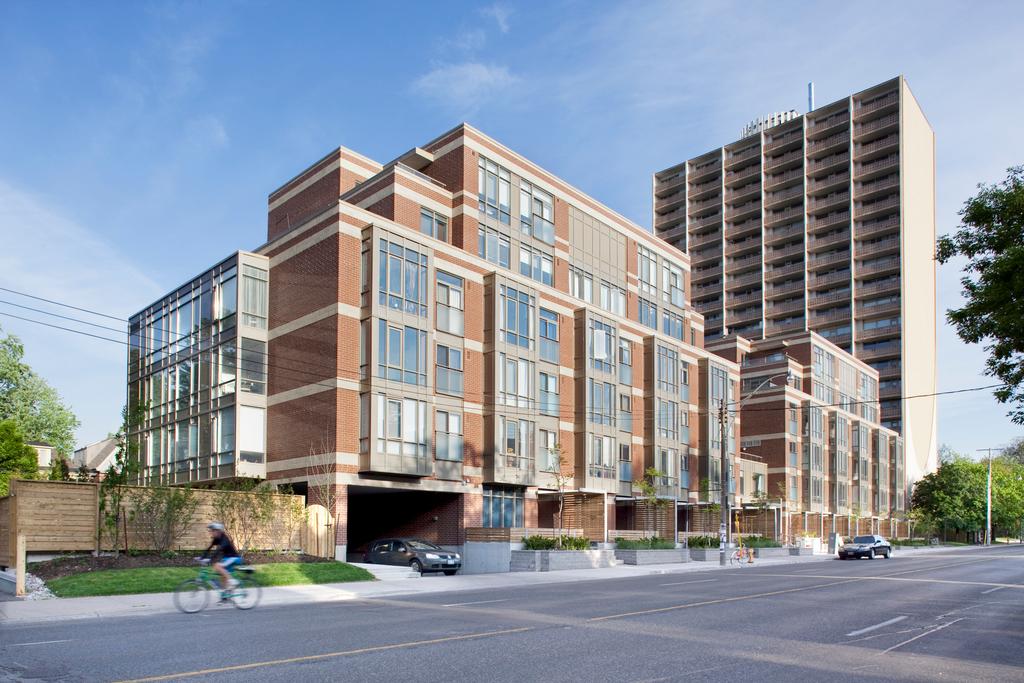It's often said that Toronto has a rental housing shortage - is it any wonder?
Regulation has disincentivised rental growth. Well-meaning rent control and rental replacement legislation have had the unintended effect of quashing revenue tools. Meanwhile, rental property owners are in the precarious position of competing with a shadow market of condo owners cum subletters. This unregulated market is further enabled by services like Airbnb that allow for short-term stays. Together these two factors have limited returns on investment, which is no small issue considering the up-front costs of apartment development.
As a result, there has been a massive deficit of purpose-built rental apartments over the last twenty years. Worse yet, older developments are showing their age. These fifty, sixty and seventy year-old buildings need major expensive infrastructure improvements. Yet, they need to maintain profitability in an inhospitable market.
Creative thinking and considered design are necessary to envision solutions to this challenge. Intensified residential rental properties that include new units beside, under or over existing structures can increase a site's value. The effective addition of condominium or townhouse units can offset renovation costs. The challenge is implementing these strategies on tight, urban sites.
Here are some examples of successful intensification projects Quadrangle has undertaken:
1. Intensification of urban space
66 Isabella was a "Tower in the Park" development. With a large, private green space at its base, it stood alone on a sparse lot. Building retail reinvigorated the project’s program, space at grade and the 211 new units above provide new rental options. Unlike a park surrounded by fencing and demarcated with "No Trespassing Signs", the new development serves its community. The four-storey podium tower above creates new opportunities for revenue, upgrades the existing and enriches the neighbourhood, all while providing a return to the owner.
2. Beautification of residential streets

Another urban site, our 88 Spadina project also addressed a tower in the park scenario. Unlike 66 Isabella, condominium townhouses filled a vacant green space and a six-storey rental building was constructed on a surface parking lot. These buildings were designed with fine-grain detail, producing an intimate pedestrian friendly environment that created a transition from the tower to the surrounding residential neighbourhood. These units offset the costs affiliated with the improvements to the original Uno Prii-designed tower, while adding vibrancy and energy to their community.
3. Adding density to a suburban site.
At 10 Chichester, a suburban cul-de-sac was defined and enhanced by a second tower located to define the key corner of the site. Less constricted than an urban site, the design for this suburban development was extremely efficient, allowing for 220 rental units on 20 storeys with a compact footprint.
Solutions for Toronto's future
These types of innovative rental projects diversify our cities and contribute to vibrant communities. They also make financial sense. The constraints currently imposed on the rental market may be daunting, but creative design can overcome the many challenges they pose. These inspired design solutions, and others like them, will help address Toronto’s rental housing shortage and create new value for our clients.
Les Klein
Principal